Admire the Archaic elegance of The Moschophoros, a 6th-century BCE sculpture portraying a youth carrying a calf. This masterpiece, attributed to the artist Antenor, captivates with its exquisite detailing.
RECOMMENDED DURATION
2 hours
Timings
09:00–20:00
VISITORS PER YEAR
1451727
TICKETS
From $29.24
NUMBER OF ENTRANCES
2
EXPECTED WAIT TIME - STANDARD
30-60 mins (Peak), 0-30 mins (Off Peak)
EXPECTED WAIT TIME - SKIP THE LINE
0-30 mins (Peak), 0-30 mins (Off Peak)
Glass floor and archaeological site: The Acropolis Museum allows visitors to get a closer look at their ongoing excavations through a glass floor. It is a unique addition to the museum’s architecture.
Precise alignment: The museum is built so you can view the Acropolis site from its halls. Bernard Tsuchumi had been dedicated to maintaining the museum’s orientation and alignment with the archaeological site.
Parthenon Marbles: It is rumored that the Acropolis Museum initially had an empty gallery in hopes of housing the Parthenon Marbles, which are kept in the British Museum.
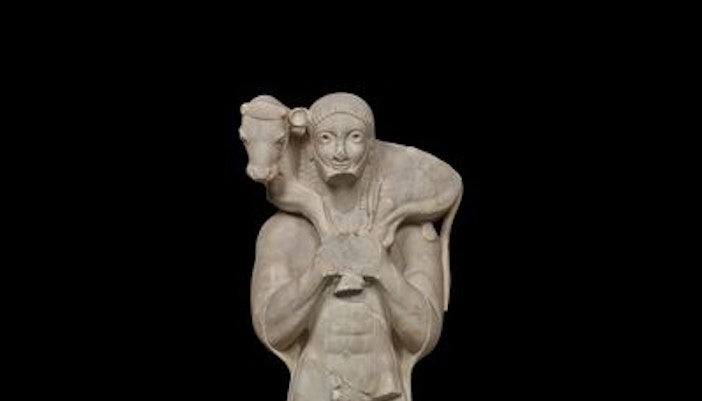
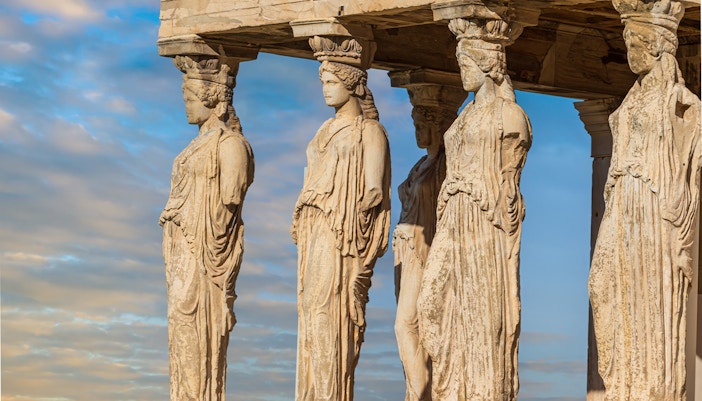
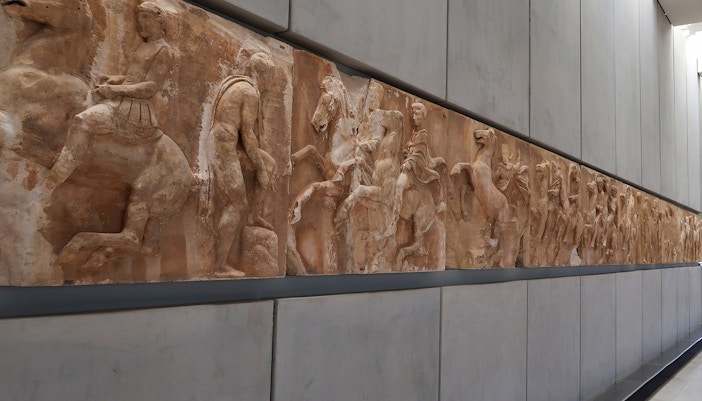
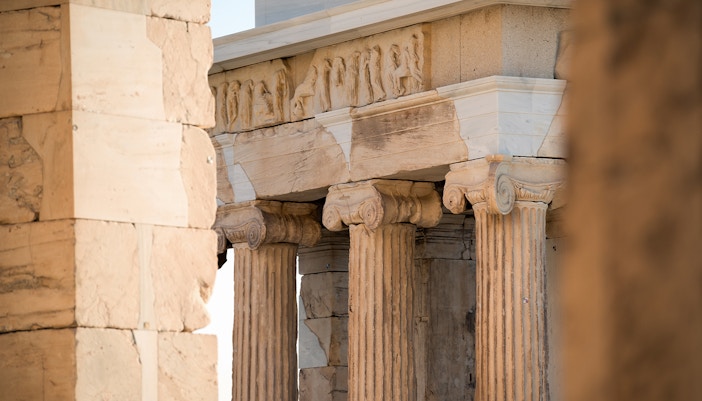
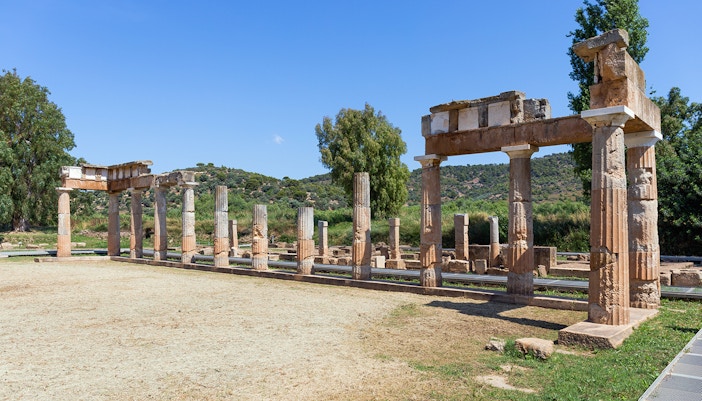
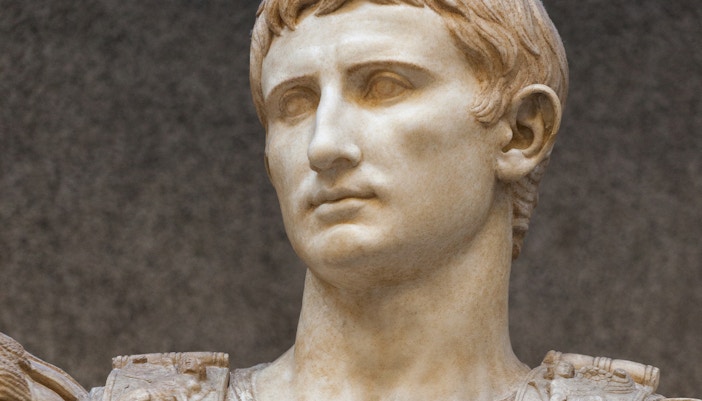
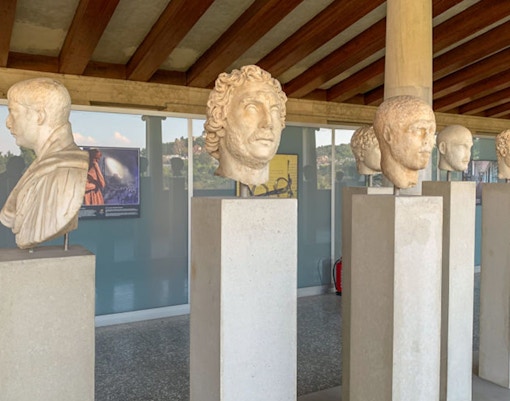
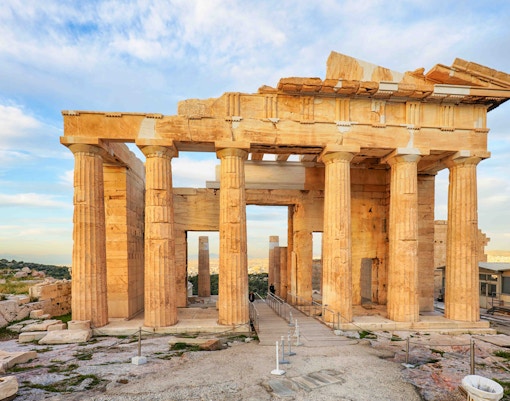
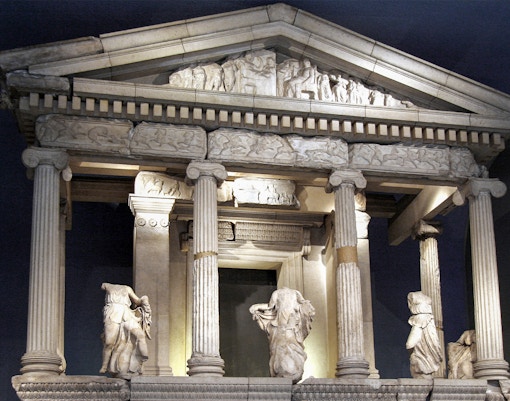
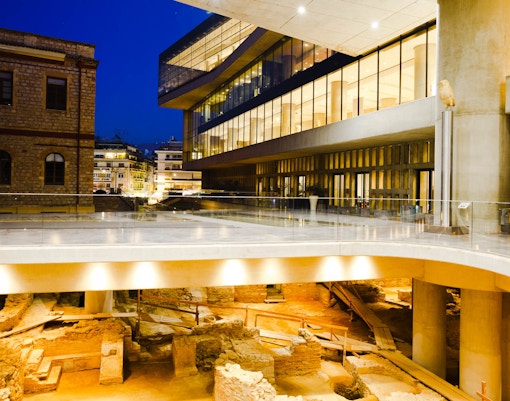
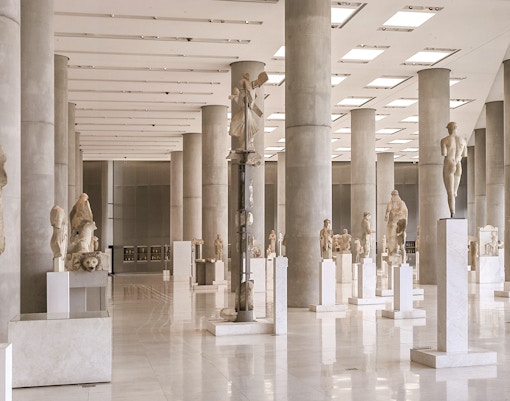
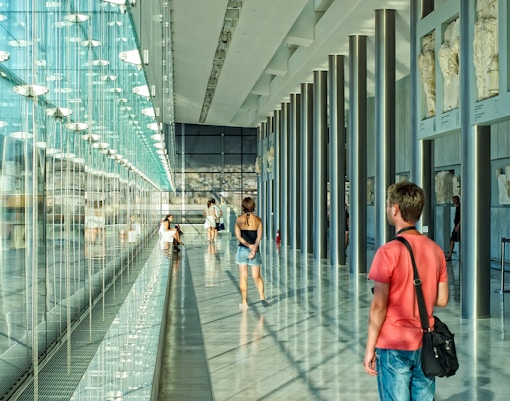
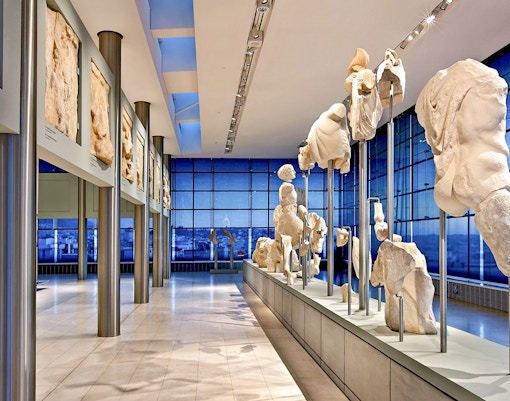
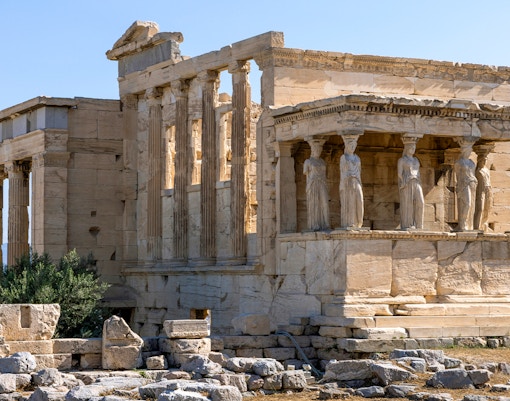
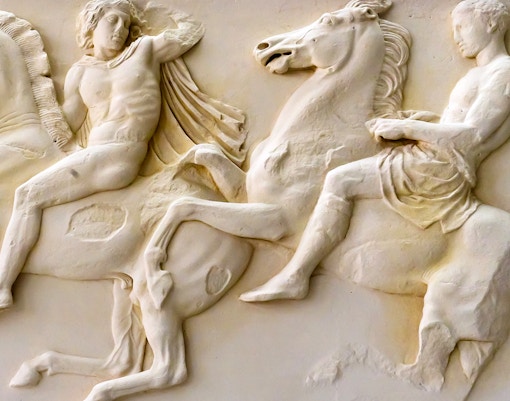
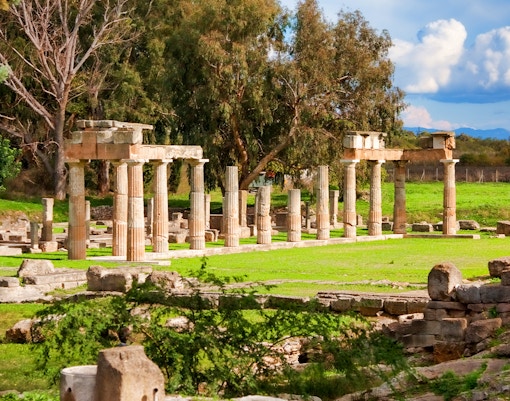
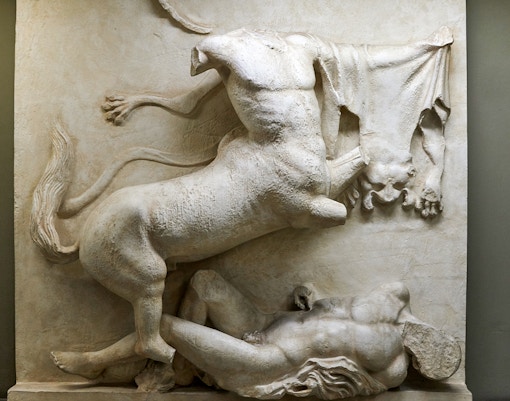

Acropolis Museum architect Bernard Tschumi designed the current structure, a modern architectural masterpiece that opened in 2009. Tschumi, renowned for his innovative approach, seamlessly integrated the contemporary structure with ancient history. He collaborated with Michael Photiadis, whose expertise in museum design played a pivotal role. The use of glass provides a visual connection to the historic surroundings. Tschumi and Photiadis’ collaborative effort ensures the Acropolis Museum, Athens, serves as a fitting guardian for the rich cultural heritage it houses.
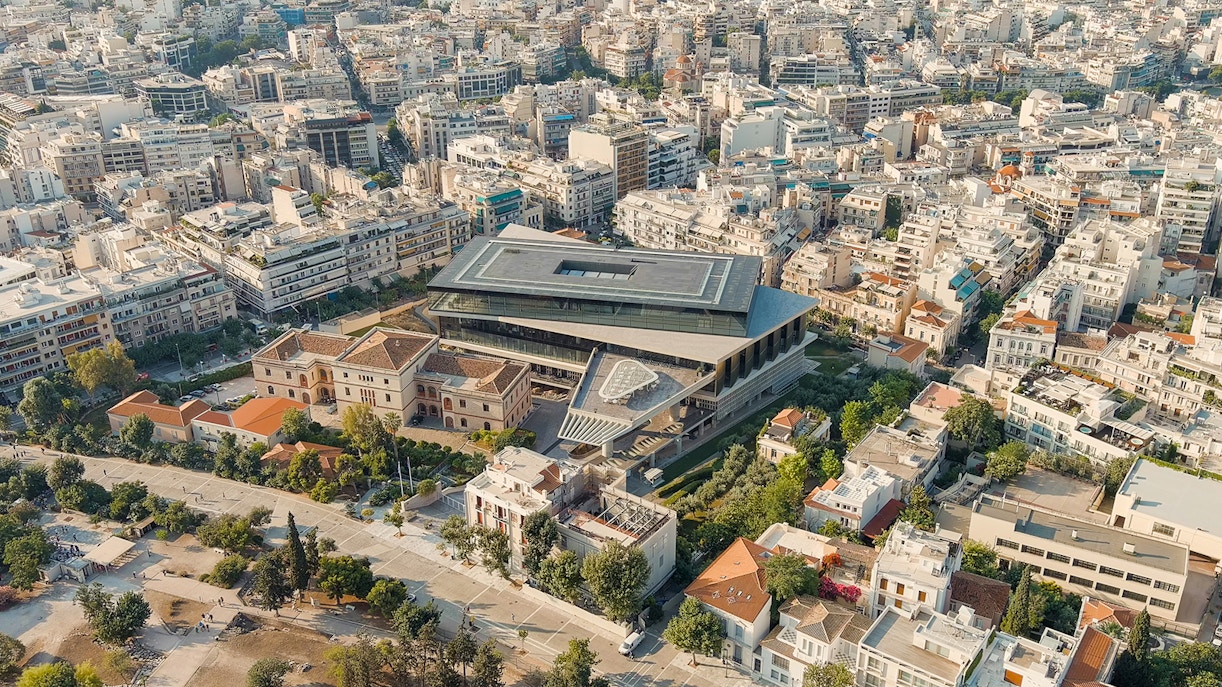
The Acropolis Museum, Athens, Greece, spans an area of 25,000 square metres, with over 14,000 square meters of exhibition space. It houses over 4,200 artifacts across four levels, including an ongoing archaeological excavation in the basement.
You’d need about 2 to 3 hours to explore all the galleries at the museum. If you’re particularly interested in Greek history, mythology, art, and architecture, you may want to allocate more time for your visit.
From April 1 to October 31 (summer), the museum is open from 9am to 5pm on Monday, 9am to 8pm from Tuesday to Sunday, and from 9am to 10pm on Friday. During winter (November 1 to March 31, the Acropolis Museum hours from 9am to 5pm from Monday to Thursday, 9am to 10pm on Friday, and from 9am to 8pm on Saturday and Sunday.
Visit early on a weekday morning (close to the 9am opening time) or late in the afternoon (after 2pm) to avoid the midday rush at the museum. This will let you explore the galleries and exhibits with fewer people around. Late night on Friday is also a good time since the museum is open until 10pm.
Yes, an Acropolis Museum guided tour is the best way to explore all the galleries, exhibits, and artifacts. A knowledgeable guide will share a lot of detailed information and context about the antiquities from the Acropolis archaeological site.
The Acropolis Museum location is easily accessible by all forms of public transport. The easiest and most convenient way is to take the metro to Acropoli station, which is located directly across the museum entrance.
Yes, it’s recommended that you purchase your Acropolis Museum tickets online at least 2 to 3 weeks advance, particularly if you’re visiting during the peak tourist season (June to August). The museum is one of Athens’ top-visited attractions and tickets tend to sell out fast.
Yes, the museum is fully accessible for wheelchair users and visitors with mobility issues. Accessible elevators, ramps, and restrooms are located throughout the building.
Yes, you can have refreshments, light snacks, and meals at the Acropolis Museum cafe and restaurant on the premises. The cafe is located on the ground floor while the restaurant is on the museum’s second floor.
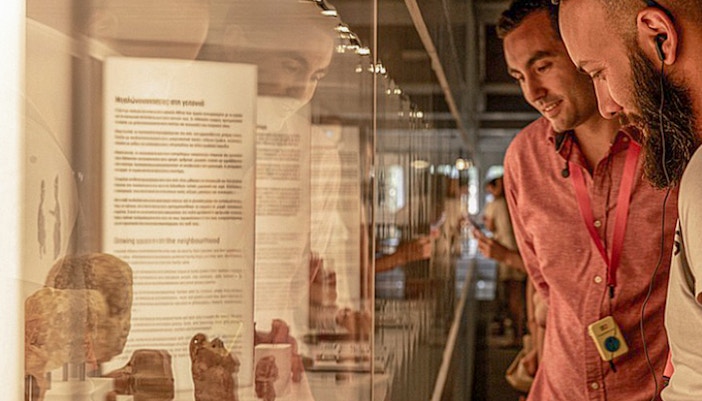
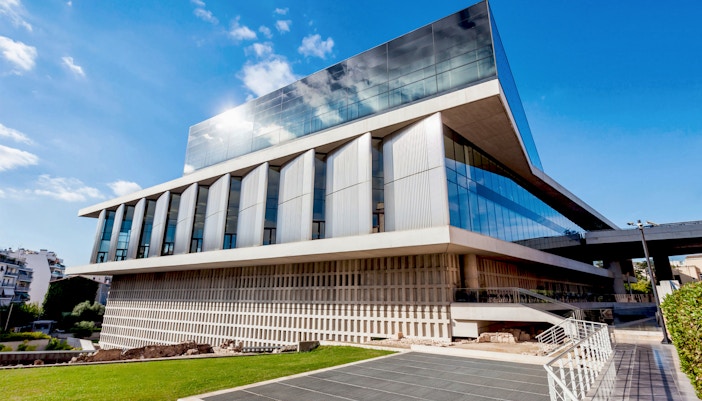
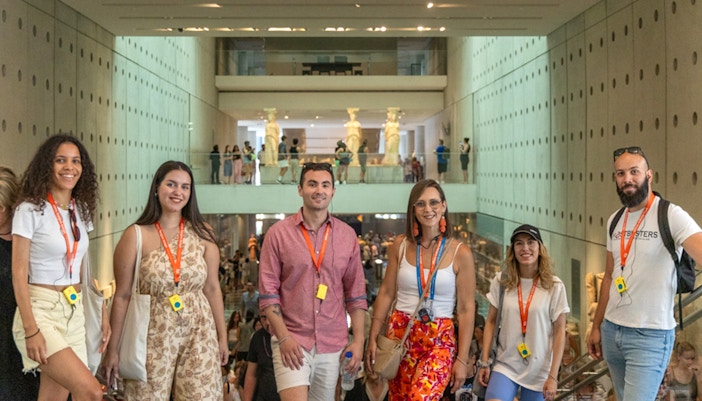
Acropolis Museum Skip-the-Line Tickets
Combo: Acropolis Parthenon + Acropolis Museum Tickets
Acropolis Parthenon Tickets with Optional Audio Guide
Acropolis & Parthenon + Acropolis Museum Guided Tour with Entry Tickets